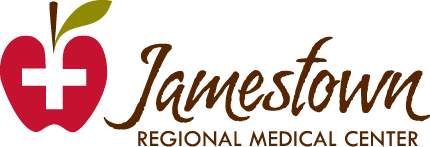Emily Hoffman, JRMC Exercise Physiologist
Pedometers are nearly becoming a thing of the past as our options for fitness trackers are seemingly endless through technological advances. Whether you have a fitbit, an iWatch, an activity app on your smartphone or a trusty pedometer, the number of steps we take each day is a meaningful number to track and can determine activity level.
Last week we highlighted physical activity as a vital sign and the relation of time spent in exercise each week to your health status. This week we are adding a layer and considering distance as a determinant of activity level. Research conducted by Ball State (Jones et. al JCRP 2007) identified steps taken per day to reach a quantifiable activity level:
<5,000 steps Sedentary
5,000 – 7,499 Low Active
7,500 – 9,999 Somewhat Active
>10,000 Active
>12,500 Highly Active
Commonly we hear that we should be getting 10,000 steps per day – as shown above, this gets us into the ‘Active’ activity level. With the average stride length of approximately 2.1 to 2.5 feet, it would take over 2,000 steps to reach a mile and 10, 000 steps would be nearly 5 miles. For most people, it takes over 30 minutes to reach 10,000 steps each day; this also satisfies the 150-300 minutes of moderate weekly activity goal mentioned last week. Unfortunately, the current average person gets only 3,000 to 4,000 steps daily and leads a sedentary lifestyle.
No matter how you prefer to track your daily steps – strive for 10,000+ on a daily basis. Your vital signs will improve and be well worth the time spent!
Our stress management technique to explore this week is called Guided Imagery. The goal of guided imagery is to use our senses: sight, sound, smell, feel and kinesthetic (sense of where your body is at) to bring you to a safe, comfortable place while reversing the stress response. Once in this ‘happy place’ your body responds as if you are truly there. By putting yourself into a comfortable place that you want to be in, you can change how you are feeling about a negative or stressful scenario in your present moment.
Stress management benefits include decreased blood pressure, heart rate, and respiratory rate. Guided imagery can also assist with losing weight, pain management, and promotion of healing.
Week Seven Bonus Instructions:
Click here to watch the Guided Imagery video. Watch and participate in this video to earn 10 points. You may practice this technique as often as you would like. You may also search for additional guided imagery videos to find one that fits well for you. However, the point earning caps at 10 bonus points for this week.
Hope you are enjoying the journey to improved health and well-being!

